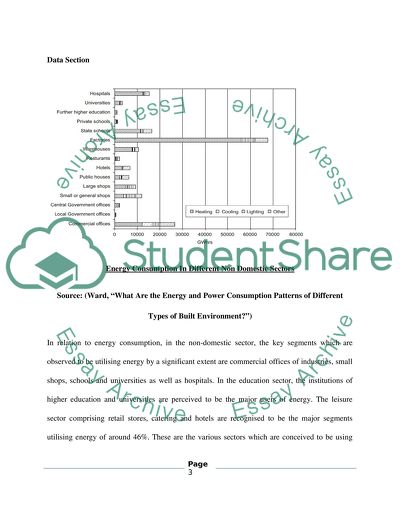Cite this document
(“Economics of Energy and Environment Essay Example | Topics and Well Written Essays - 3750 words”, n.d.)
Economics of Energy and Environment Essay Example | Topics and Well Written Essays - 3750 words. Retrieved from https://studentshare.org/macro-microeconomics/1472468-economics-of-energy-and-environment
Economics of Energy and Environment Essay Example | Topics and Well Written Essays - 3750 words. Retrieved from https://studentshare.org/macro-microeconomics/1472468-economics-of-energy-and-environment
(Economics of Energy and Environment Essay Example | Topics and Well Written Essays - 3750 Words)
Economics of Energy and Environment Essay Example | Topics and Well Written Essays - 3750 Words. https://studentshare.org/macro-microeconomics/1472468-economics-of-energy-and-environment.
Economics of Energy and Environment Essay Example | Topics and Well Written Essays - 3750 Words. https://studentshare.org/macro-microeconomics/1472468-economics-of-energy-and-environment.
“Economics of Energy and Environment Essay Example | Topics and Well Written Essays - 3750 Words”, n.d. https://studentshare.org/macro-microeconomics/1472468-economics-of-energy-and-environment.


